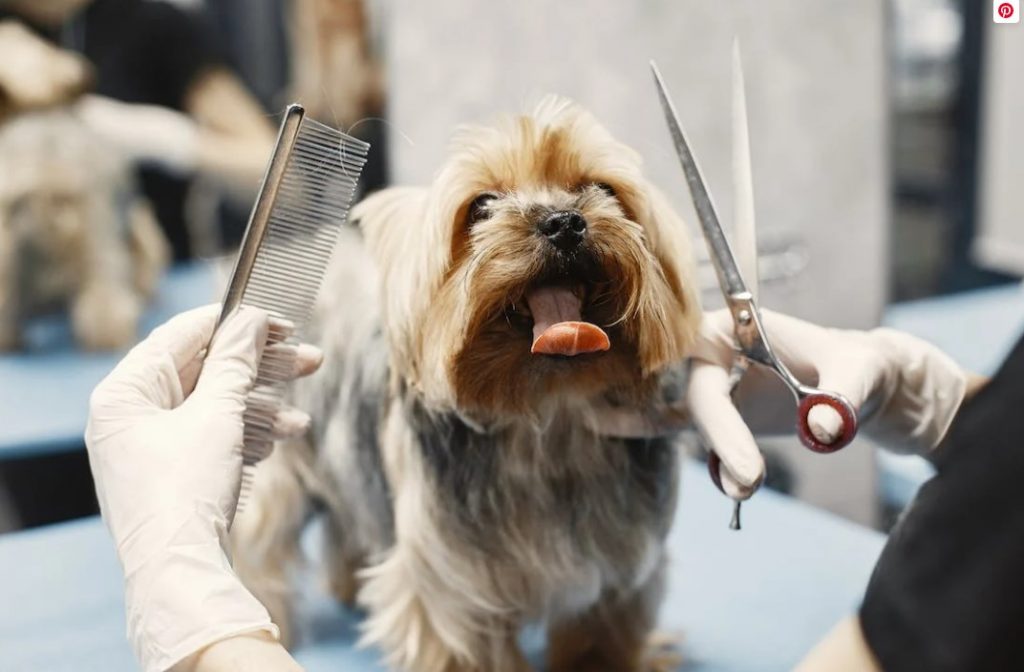
Short-haired Breeds – These breeds have very short, smooth coats that require minimal grooming. Examples include the Weimaraner, Miniature Pinscher, and Italian Greyhound.
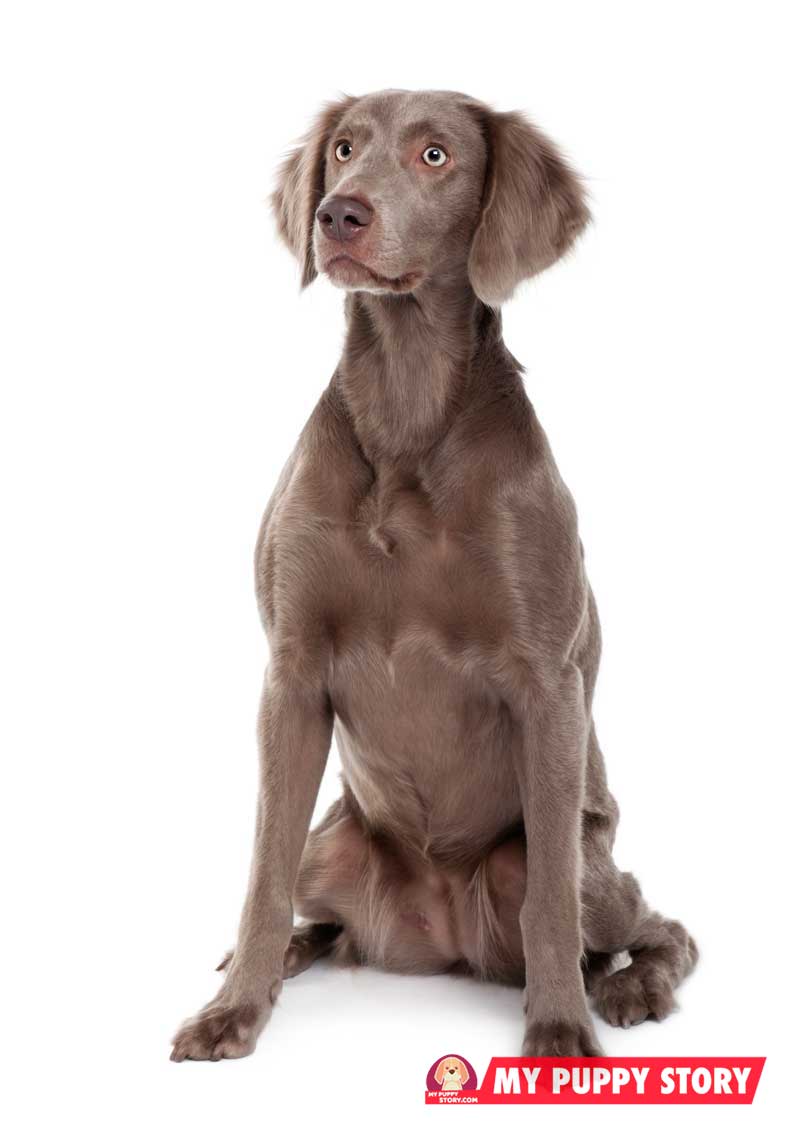
Medium-haired Breeds – These breeds have medium length coats that usually require regular brushing and combing to keep them healthy and tangle free. Examples include the Labrador Retriever, Golden Retriever, Beagle, and Collie.
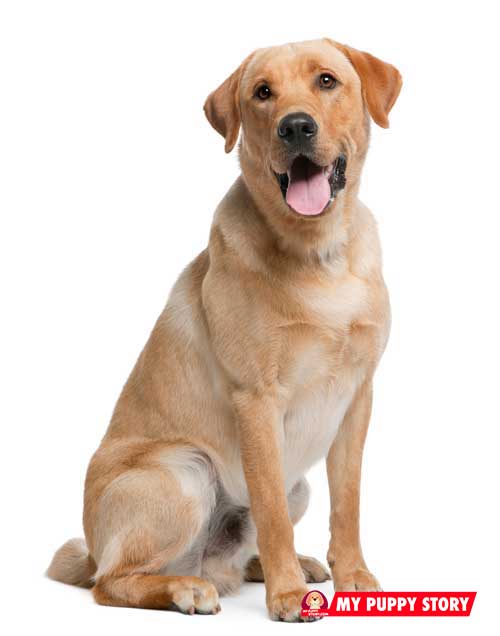
Long-haired Breeds – These breeds have long coats which may require daily grooming to keep them looking their best. Examples include Old English Sheepdog, Afghan Hound, Shih Tzu, Maltese Terrier, Bichon Frisee.

High Maintenance Coats - Some dogs with shorter or medium length coats may still be considered high maintenance if they shed frequently or require more frequent bathing and grooming than other breeds. Examples include poodles, Maltese, Bichons, and Shih Tzu.
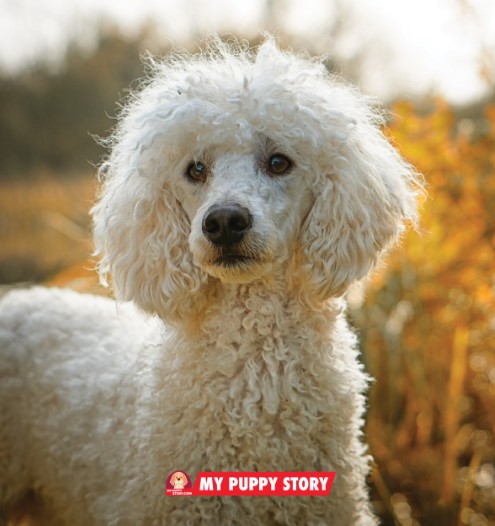
Low Maintenance Coats - These breeds often don’t require as much brushing or combing as the others and are ideal for those who want a dog that requires minimal time investment in grooming. Examples include Greyhounds, Chihuahuas, Bulldog and Boxer.
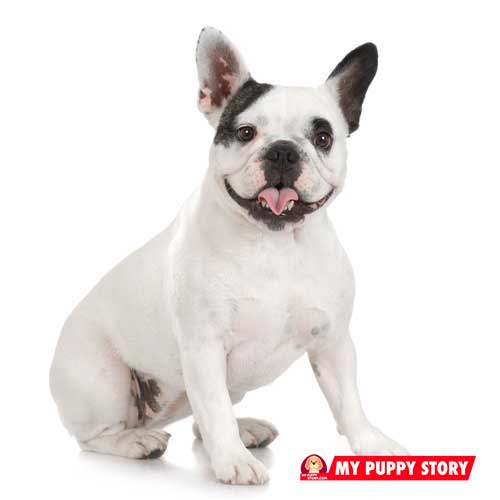
Bringing home a mixed-breed dog can be a thrilling and fulfilling experience, but it also brings with it some unpredictability. One of the most frequent inquiries is "What type of coat will my puppy have?" With mixed breeds, there's no way to know for sure, but here are three tips to give you an idea:
Dogs come in a wide variety of shapes, sizes, and breeds – and even the coats of these furry friends can vary greatly! Short-haired dogs are one type that is both low-maintenance and easy to care for.
These types of dogs can be divided into two categories: single coat dogs and double coat dogs.
Single coat dogs have only one layer of hair that lies flat against the skin, such as Weimaraners and Italian Greyhounds. These types of dogs are low maintenance and don’t need to be bathed often. However, they do need protection from extreme temperatures since their coats do not provide the same insulation as double coats.
Double coat dogs, such as pugs and Chihuahuas, have a thicker layer of hair that is cushiony to the touch. These types of dogs need more attention since they constantly shed dead hairs. However, brushing their coats with the right brush will help reduce shedding and keep the hair follicles healthy. Additionally, these dogs should be bathed every couple of weeks to keep them smelling fresh.
No matter what type of coat your dog has, regular brushing and grooming is important in order to keep their skin and fur healthy and looking good. With the right care, your pup can have a beautiful coat that you’ll both love!
These breeds are known for their double coats, which consist of an outer coat and an inner coat of softer fur - often referred to as the undercoat. Depending on the breed, these coats can either be wiry or straight.
Regularly brushing and hand-stripping (for wiry coats) or using an undercoat rake (for straight coats) can help keep your pup looking its best. Medium-haired dogs make great family pets, as they are generally friendly, loving companions that are easy to maintain. From cairn terriers to German shepherds, there are a variety of breeds that can fit any family.
With their protective double coats, medium-haired dogs are well equipped to handle all kinds of climates, from hot to cold. So if you're looking for a furry companion who is just as loyal and loving as they are low maintenance, look no further than a medium-haired dog!
Grooming your dog's coat can be an important part of their health and happiness. But it's also important to know the different types of hair that are found in dogs, so that you can provide them with the best care possible. Here are some key points about four different kinds of long-haired coats:
Each type of long-haired coat has its own needs when it comes to grooming, so be sure you know what kind of coat your pup has before diving into the process. With a little tender loving care and regular attention, your furry friend will look their very best!
Grooming your dog on a regular basis is essential to ensure their overall health and wellbeing. Different breeds require different grooming techniques, and it’s important to research the ideal grooming routine for the specific breed of your pet so they always look neat while staying healthy at the same time! To keep the coat in good condition it is important to brush regularly and give occasional baths, which will also help to remove dead fur and distribute essential oils. Different types of coats require different grooming methods, so make sure you understand your dog’s individual needs before starting any sort of routine. With proper care and maintenance, you can ensure your pet looks, feels and smells good with a healthy coat that keeps them looking their best!
For dogs with double coats, it is important to remember that brushing should be done regularly but not too often as this could disrupt the curl patterning within the fur itself. Different types of long hair require more attention due to their increased surface areas and propensity for tangles, so it’s essential to research the ideal grooming routine for the specific breed of your pet. Establishing a regular grooming routine is essential for your dog’s overall health and wellbeing, so make sure to brush regularly and give occasional baths as needed. With proper care and maintenance, you can ensure your pet looks, feels and smells good with a healthy coat that keeps them looking their best!
In conclusion, different types of dogs hair require different levels of grooming in order to maintain the healthiest coat possible - from short-haired breeds like boxers and bulldogs which generally require minimal maintenance, to longer-haired breeds such as Shih Tzus and Bichon Frises which demand more frequent brushing and grooming. Different types of coats also require different kinds of maintenance, with double layer coats needing extra care to ensure the undercoat is not disturbed or packed down. All breeds can benefit from a regular grooming routine, so make sure you research your pet’s specific needs in order to keep them looking and feeling their best!
With the right knowledge, grooming your dog can be a fun and rewarding experience for both you and your pet. So get out those brushes and combs, give your pup some love, and enjoy the process of keeping their coat healthy and beautiful!
Shaving double-coated dogs should always be done with caution. While it may seem like a solution to excessive shedding and seasonal issues, the hair on these dogs can grow back patchy due to the undercoat curling and blocking off the follicle, preventing new hair from growing.
A better alternative is to use a de-shedding blade on the dog after being clipped and combine this with weekly bathing and brushing with a bristle brush to open up the hair follicles. Additionally, if the dog has underlying health conditions such as hormonal imbalances or thyroid problems, shaving their coat can worsen these issues by making them visible in the newly grown coat.
To avoid this, an attachment comb can be used on a cleanly groomed dog but it requires perfect combing out of the coat for the attachment comb to run through without any hangups.
